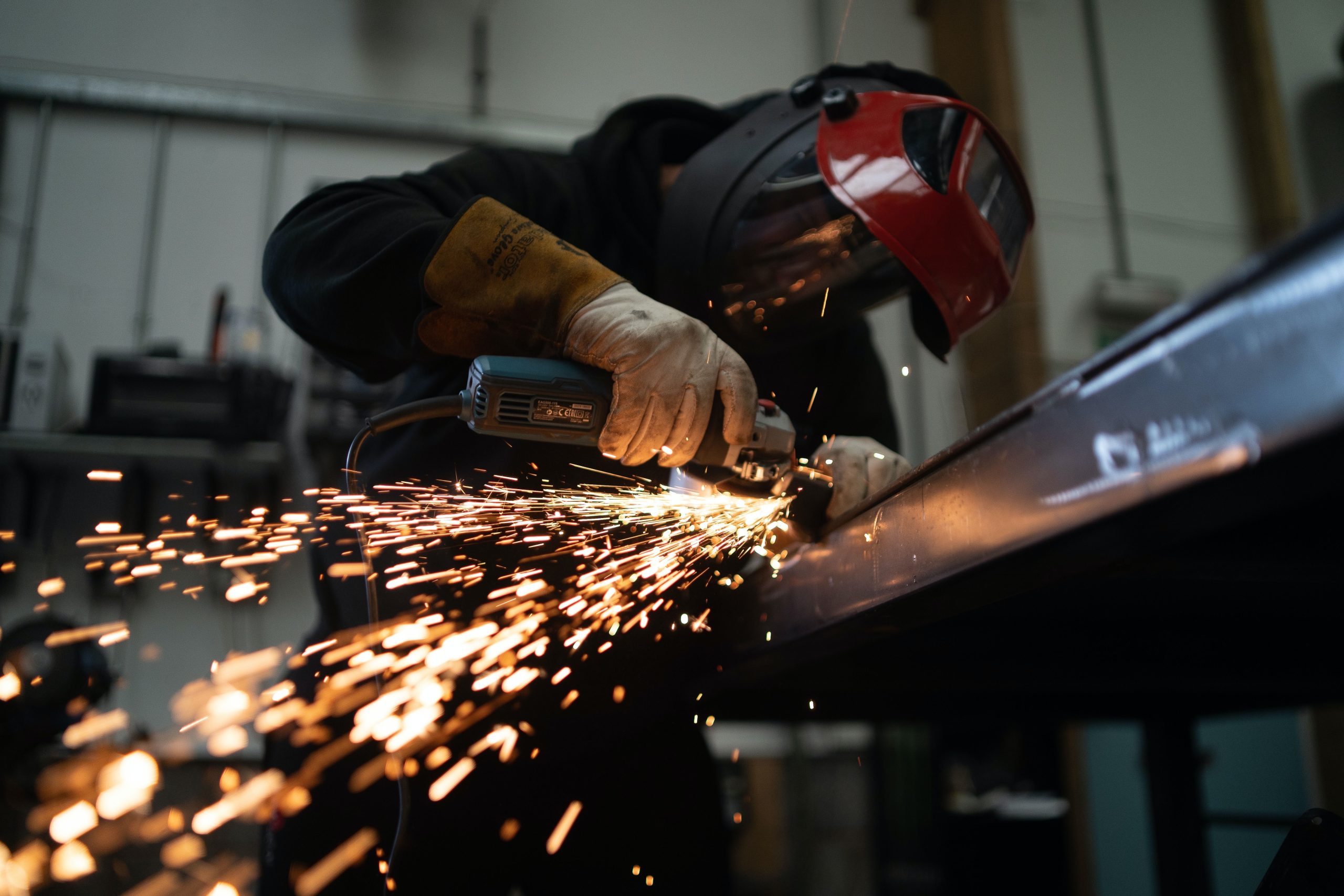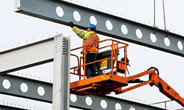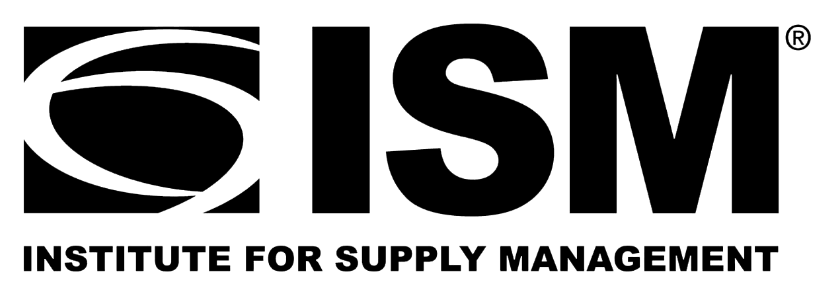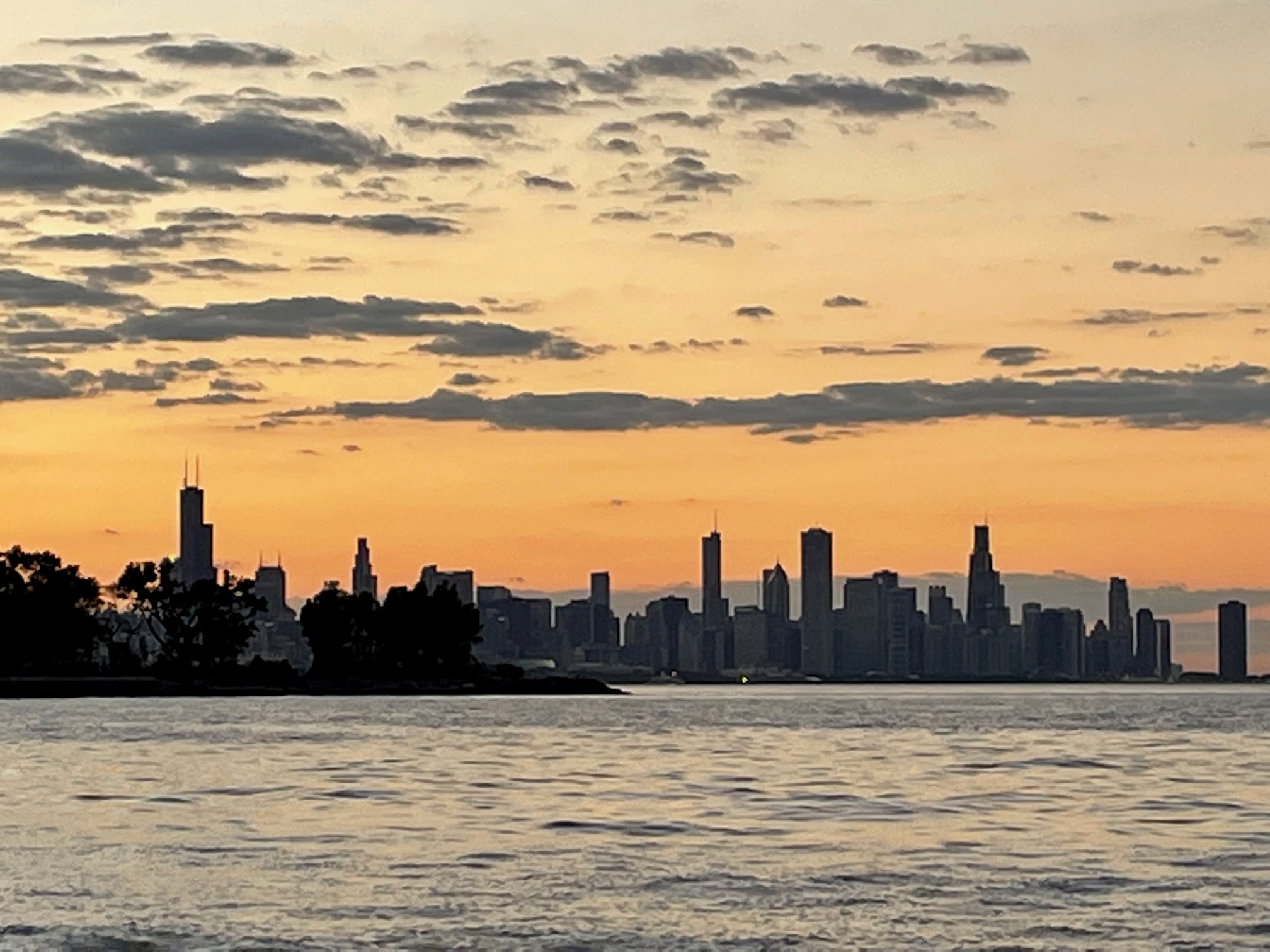Economy

Chicago PMI Rebounds in July
Written by Brett Linton
July 30, 2021
The Chicago Business Barometer rebounded in July to a reading of 73.4, the second highest pandemic-era level, according to MNI Indicators. The July PMI is up 7.3 points over the month prior. MNI reports that demand is strong, but firms remain concerned about supply chain disruptions and rising prices.
Production rose ;8.8 points in July as demand remained high and some firms benefited from supply chain issues. New orders also signaled strong demand, increasing 5.4 points.
Order backlogs advanced 3.4 points due to a lack of raw materials and warehouse personnel. Inventories rose 5.1 points in July, although they remain in contraction for the fourth consecutive month.
Demand for labor increased 3.4 points in July, while supplier deliveries remained flat (still at the highest level since 1974). Firms noted that delivery delays and a lack of workforce availability remain problems.
Prices paid at the factory gate eased slightly, but remained at a historic high. Higher prices for materials and freight were a major concern for survey respondents.
MNI asked firms, “What is your planned business activity growth forecast for the second half of 2021?” The majority expected growth to be between 5-10%.
Below is a graph showing the history of the Chicago Business Barometer. You will need to view the graph on our website to use its interactive features; you can do so by clicking here. If you need assistance logging into or navigating the website, please contact us at info@SteelMarketUpdate.com.

By Brett Linton, Brett@SteelMerketUpdate.com

Brett Linton
Read more from Brett LintonLatest in Economy

New York state manufacturing index drops again in April
Firms were pessimistic, with the future general business conditions index falling to its second lowest reading in the more than 20-year history of the survey

Construction adds 13,000 jobs in March
The construction sector added 13,000 jobs, seasonally adjusted, in March, but tariffs could undermine the industry.

Supply chains, end-users brace for impact from tariffs
Supply chains are working through what the tariffs mean for them

ISM: Manufacturing expansion loses steam after two months of growth
US manufacturing activity slowed in March after two straight months of expansion, according to supply executives contributing to the Institute for Supply Management (ISM)’s latest report.

Chicago Business Barometer rose to 16-month high in March
The Chicago Business Barometer increased for the third-consecutive month in March. Despite this, it still reflects contracting business conditions, as it has since December 2023.
